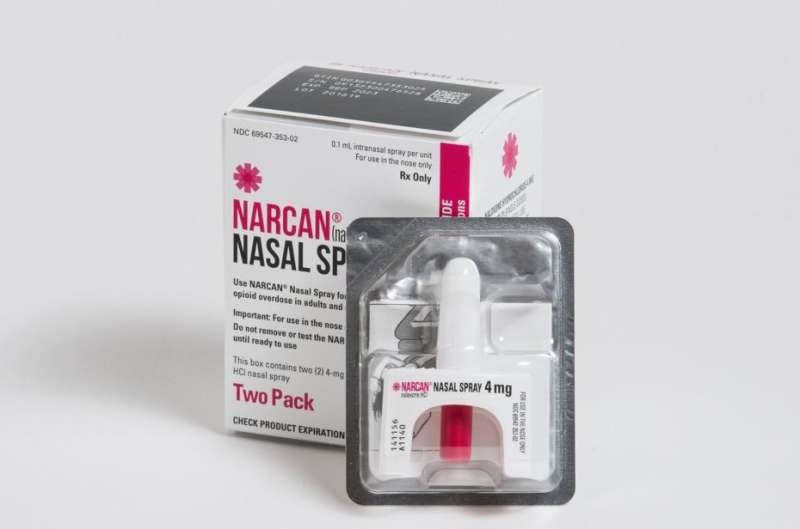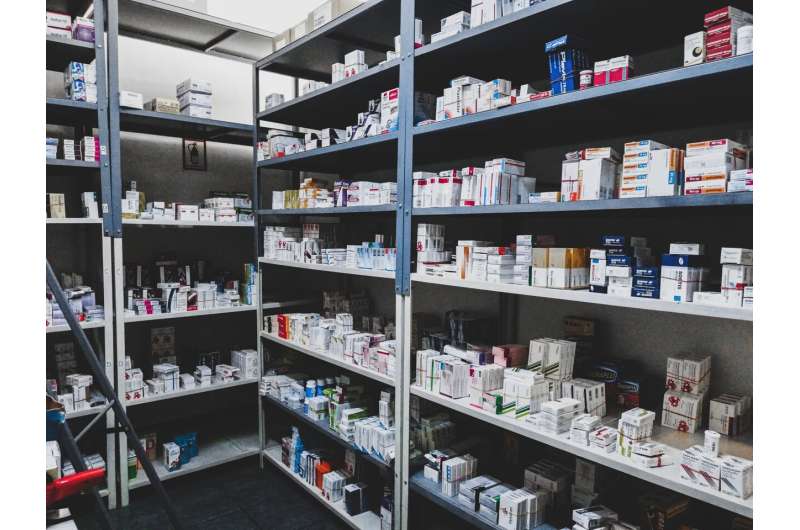Critical Gaps in Narcan Awareness and Possession Among US Adults Highlighted by New Study

As the opioid crisis continues to devastate communities across the United States, the accessibility and awareness of Narcan (naloxone), a life-saving overdose reversal nasal spray, remain significant challenges. A recent study conducted by researchers from New Mexico State University and North Dakota State University sheds light on the gaps in knowledge and possession of this critical medication among adults nationwide.
Published in the American Journal on Addictions, the study analyzed data from the National Center for Health Statistics involving 7,046 U.S. adults. The findings reveal that while a majority (75%) of participants had heard of Narcan, only about half (53%) knew that the nasal spray was available over the counter. Alarmingly, just 5.6% of adults reported carrying Narcan, although many recognized its importance.
Further insights show a significant disparity based on demographics. White individuals, women, and those with higher education levels were more likely to be aware of and carry Narcan. Younger adults aged 18-59 were more likely to have Narcan at hand, whereas awareness was markedly lower among those with lower incomes and residents of southern states.
The study also uncovered that only around one-third of participants knew where they could obtain Narcan—such as local health departments, doctors’ offices, or harm reduction programs. Nearly 10% of respondents erroneously believed Narcan was ineffective.
Despite government declarations of the opioid crisis as a public health emergency, more than 100 Americans die daily from opioid overdoses, making it a leading cause of death among 18-45-year-olds. Experts emphasize the urgent need to elevate public awareness and ensure more widespread distribution of Narcan, especially in underserved communities where overdose deaths remain high.
Khubchandani stresses that everyone, especially those with family members or friends struggling with opioid addiction, should carry Narcan consistently. Increasing access and dispelling myths about Narcan’s effectiveness are essential steps in saving lives.
The study advocates for enhanced public health strategies to boost Narcan availability, specifically targeting at-risk populations and areas with high overdose rates. More active outreach and education could bridge the gap between awareness and possession, ultimately reducing preventable deaths related to opioid overdoses.
Source: https://medicalxpress.com/news/2025-05-critical-gaps-narcan-awareness-adults.html
Stay Updated with Mia's Feed
Get the latest health & wellness insights delivered straight to your inbox.
Related Articles
Brain Abnormalities in Children Linked to Prenatal Exposure to Widely Used Pesticide
Research links prenatal exposure to the pesticide chlorpyrifos with lasting brain abnormalities and motor impairments in children, highlighting ongoing environmental health concerns.
Public Health and Private Equity: The Implications of Walgreens' Buyout for Future Pharmacy Care
Exploring how Walgreens' acquisition by private equity could reshape the future of pharmacy care, impacting access, innovation, and public health in the United States.
New Insights into the DJ-1 Gene’s Role in Parkinson's Disease
New research uncovers the molecular mechanism by which the DJ-1 gene protects cells in Parkinson's disease, highlighting its role in detoxifying harmful metabolites. This breakthrough enhances our understanding of hereditary Parkinson's and offers potential targets for future therapies.
New Insights into Inherited SYNGAP1-Related Disorders and Their Genetic Origins
Recent research reveals that rare inherited genetic variants in the SYNGAP1 gene can cause neurodevelopmental disorders, offering new insights for diagnosis and family counseling.



